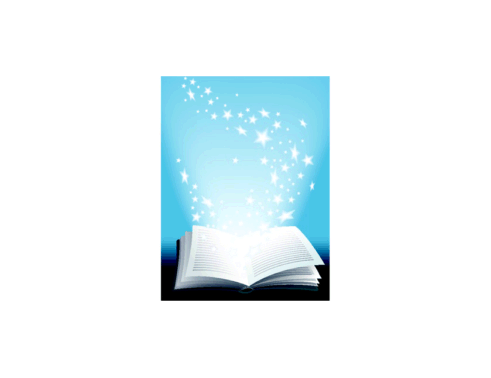 Internet
Literacy Handbook
Internet
Literacy Handbook

The Internet Literacy Handbook is a guide for teachers, parents and students which explains on getting the most out of the Internet and how to protect privacy on websites and social networks.
Content
The third version of the
handbook contains 25 fact sheets. Each sheet presents a specific theme related
to the use of Internet.
The sheets point out ethical issues and security, provide advice on how best to
use the Internet for educational purposes. They also provide ideas for practical
activities in class or at home, present best practices in terms of the use of
Internet and offer many definitions et links to websites giving practical
examples and other detailed information.
Whats new in the third version?
The third version suggests advice on how to use social websites like MySpace, Facebook or Friendster, and the Web 2.0. Thousands of young people and children are today interacting with their friends, classmates and people with common hobbies or interests, frequently publishing personal data and photographs. Sharing this information is a great opportunity for communication with others, but implies risks that users must know how to avoid.
Versions and available languages
|
|
|
|
|
|
Armenian |
Version 3 Html format |
||
|
Bulgarian |
|
Version 3
Html format |
|
|
English |
|||
|
French |
Version 3
Flash format |
||
|
German |
Version 3 Flash Format |
||
|
Greek |
|
Version 2
Html format |
|
|
Romanian |
|
Version 2 Pdf format (2,14 MB) |
|
|
Russian |
|
|
|
|
Serbian |
|
|
|
|
Spanish |
|
Version 2
Html format |
|
|
Turkish |
|
Version 2
Html format |
| Fact sheets of the
handbook . Fact Sheet 1 - Getting connected · Fact Sheet 2 Setting up websites · Fact Sheet 3 Searching for information · Fact Sheet 4 Portals · Fact Sheet 5 E-mail · Fact Sheet 6 Spam · Fact Sheet 7 Chat · Fact Sheet 8 Newsgroups · Fact Sheet 9 World-wide libraries · Fact Sheet 10 Music and images on the Internet · Fact Sheet 11 Creativity · Fact Sheet 12 Games · Fact Sheet 13 Distance learning · Fact Sheet 14 Labelling and filtering · Fact Sheet 15 Privacy · Fact Sheet 16 Security · Fact Sheet 17 Bullying and harassment · Fact Sheet 18 Shopping online · Fact Sheet 19 Becoming an active e-citizen · Fact Sheet 20 Mobile technology · Fact Sheet 21 Blogs · Fact Sheet 22 Social networking · Fact Sheet 23 Web 2.0 · Fact Sheet 24 e-Democracy · Fact Sheet 25 Getting assistance |
|
Other Links Protection of Children against Sexual Exploitation and Sexual Abuse Through the WildWebWoods - Online game for children |


